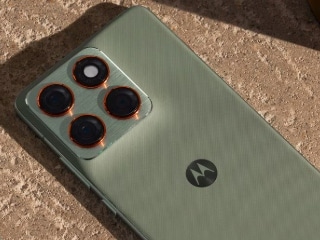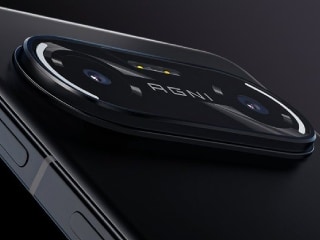- Home
- Science
- Science News
- LIGO's Twin Black Holes May Have Been Born Inside Single Star
LIGO's Twin Black Holes May Have Been Born Inside Single Star

On September 14 last year, the Laser Interferometer Gravitational-wave Observatory (LIGO) in the US detected gravitational waves from the merger of two black holes 29 and 36 times the mass of the Sun.
Such an event is expected to be dark but the space observatory Fermi Gamma Ray Space Telescope in low-Earth orbit detected a gamma-ray burst just a fraction of a second after LIGO's signal.
"It is the cosmic equivalent of a pregnant woman carrying twins inside her belly," said astrophysicist Avi Loeb from the Harvard-Smithsonian Center for Astrophysics (CfA).
Fermi detected the burst just 0.4 seconds after LIGO detected gravitational waves, and from the same general area of the sky. However, the European INTEGRAL gamma-ray satellite did not confirm the signal.
"Even if the Fermi detection is a false alarm, future LIGO events should be monitored for accompanying light irrespective of whether they originate from black hole mergers. Nature can always surprise us," Loeb added in a paper that is forthcoming in the Astrophysical Journal Letters.
Normally, when a massive star reaches the end of its life, its core collapses into a single black hole.
But if the star was spinning very rapidly, its core might stretch into a dumbbell shape and fragment into two clumps, each forming its own black hole.
After the black hole pair formed, the star's outer envelope rushed inward toward them.
In order to power both the gravitational wave event and the gamma-ray burst, the twin black holes must have been born close together, with an initial separation of the size of the Earth, and merged within minutes.
If more gamma-ray bursts are detected from gravitational wave events, they will offer a promising new method of measuring cosmic distances and the expansion of the universe.
By spotting the after glow of a gamma-ray burst and measuring its redshift, then comparing it to the independent distance measurement from LIGO, astronomers can precisely constrain the cosmological parameters.
If history is any guide, "the 'multi-messenger' approach advocated by Loeb, using both gravitational waves and electromagnetic radiation, again promises deeper insight into the physical nature of the remarkable LIGO source," explained Volker Bromm from the University of Texas at Austin.
Get your daily dose of tech news, reviews, and insights, in under 80 characters on Gadgets 360 Turbo. Connect with fellow tech lovers on our Forum. Follow us on X, Facebook, WhatsApp, Threads and Google News for instant updates. Catch all the action on our YouTube channel.
Related Stories
- Samsung Galaxy Unpacked 2025
- ChatGPT
- Redmi Note 14 Pro+
- iPhone 16
- Apple Vision Pro
- Oneplus 12
- OnePlus Nord CE 3 Lite 5G
- iPhone 13
- Xiaomi 14 Pro
- Oppo Find N3
- Tecno Spark Go (2023)
- Realme V30
- Best Phones Under 25000
- Samsung Galaxy S24 Series
- Cryptocurrency
- iQoo 12
- Samsung Galaxy S24 Ultra
- Giottus
- Samsung Galaxy Z Flip 5
- Apple 'Scary Fast'
- Housefull 5
- GoPro Hero 12 Black Review
- Invincible Season 2
- JioGlass
- HD Ready TV
- Laptop Under 50000
- Smartwatch Under 10000
- Latest Mobile Phones
- Compare Phones
- Moto G Play (2026)
- Moto G (2026)
- Moto G67 Power 5G
- Realme C85 Pro 4G
- Realme C85 5G
- Vivo Y19s 5G
- Motorola G67 Power 5G
- iQOO Neo 11
- MacBook Pro 14-inch (M5, 2025)
- Asus Vivobook S16 (S3607QA)
- iQOO Pad 5e
- OPPO Pad 5
- Garmin Venu X1
- Redmi Watch 6
- TCL 55 Inch QD-Mini LED Ultra HD (4K) Smart TV (55Q6C)
- TCL 55 Inch QD-Mini LED Ultra HD (4K) Smart TV (55C6K)
- Asus ROG Ally
- Nintendo Switch Lite
- Haier 1.6 Ton 5 Star Inverter Split AC (HSU19G-MZAID5BN-INV)
- Haier 1.6 Ton 5 Star Inverter Split AC (HSU19G-MZAIM5BN-INV)

















